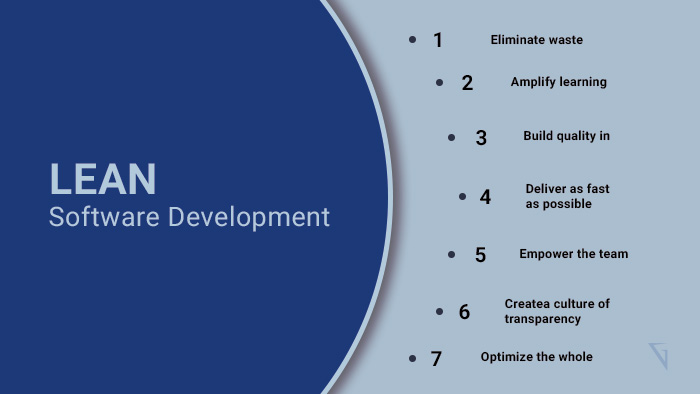
Innovation through Collaboration: Industry Partnerships and Alliances
Introduction to the Importance of Innovation and Collaboration in Today’s Business Landscape In today’s rapidly evolving business landscape, innovation and collaboration have become key drivers for success. In order to stay competitive and adapt to changing market trends, businesses need to constantly innovate and develop new ideas, products, and services to meet the evolving needs of their customers. Collaboration plays a crucial role in this process, as it allows businesses to harness the power of collective knowledge, skills, and resources to drive innovation forward. By working together with industry partners and forming strategic alliances, companies can pool their expertise and experiences, ultimately enabling the development of groundbreaking solutions and cutting-edge technologies. The benefits of innovation and collaboration extend beyond individual companies. By fostering a collaborative environment, businesses are able to tap into a broader network of resources and expertise, leading to increased access to funding opportunities, technological advancements, and market insights. Through industry partnerships and alliances, companies can leverage complementary strengths and capabilities, enhancing their




